Steve MarlinUpdated:
Category:
Blog.
What if someone tried to attack you tomorrow? Would you know what to do?
Self-defense isn’t about being the strongest or fastest, it’s about being mentally prepared and physically ready. When dangerous situations find you, you don’t want to rely on luck. You want proven techniques that actually work.
That’s why learning the best martial arts for self defense isn’t just a hobby, it’s personal protection and peace of mind.
I’ve trained in different fighting styles for over a decade as a BJJ brown belt. But nothing opened my eyes like Brazilian Jiu-Jitsu. Still, the truth is, no single art fits every need.
In this comprehensive guide, I’ll walk you through what works, why it works, and how to choose the right path for your personal safety goals.
Some martial arts are more effective in everyday self-defense situations than others. Here’s what I always look for in effective self-defense systems:
Does it work under high-stress situations? You want simple movements that hold up when your heart’s racing and adrenaline kicks in, not just in choreographed demonstrations.
Effective techniques must work when you’re scared, tired, or caught off guard. Simple, well-practiced techniques often work best in high-stress situations.
Good self-defense teaches you how to avoid danger first. Focus on staying safe and creating space to get away, not overpowering someone.. The primary goal is getting home safe and unharmed.
Situational awareness and conflict avoidance are your first lines of defense. Physical techniques are your last resort.
Can the fighting techniques work against larger, stronger attackers? Self-defense often involves handling unexpected or unfair situations calmly. You may face people with physical or mental advantages, so smart training matters.
Effective martial arts use leverage, timing, and technique instead of relying purely on physical strength or athletic ability.
A good self-defense system improves your reaction time and helps you stay calm, even in chaotic situations. Mental toughness often matters more than physical skills.
Confidence-building and stress management are crucial components of effective self-defense training.
Some styles emphasize tradition or showy moves, but practical training should always be part of the mix.
Beyond self-defense, martial arts also provide incredible mental clarity and health benefits. For more on how martial arts can boost both mind and body, see our post on the health benefits of martial arts training.
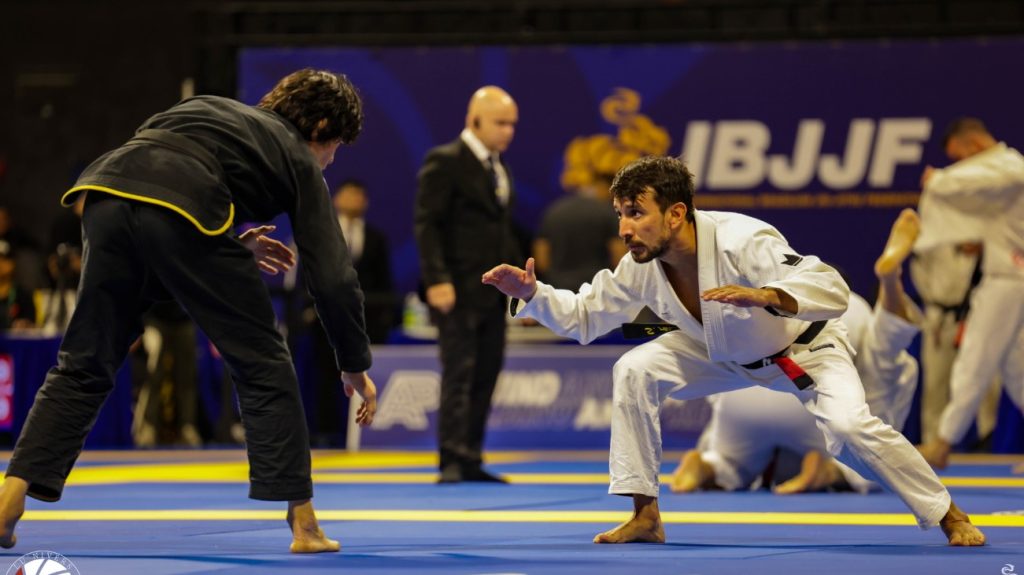
What is Brazilian Jiu-Jitsu?
BJJ is a grappling-based martial art that focuses on ground fighting and submission techniques. It teaches you how to control opponents, especially if they are bigger and stronger than you.
You learn joint locks, choke holds, and positional control to make aggressive attackers submit or lose consciousness.
Why is BJJ excellent for self-defense?
In many self-defense situations, people quickly lose balance and end up on the ground. BJJ gives you the specialized skills to handle that dangerous reality.
It helps you escape bad positions, defend from your back, and apply pressure on attackers. As a BJJ brown belt, I can tell you it’s a complete game-changer for controlling someone much larger.
BJJ teaches patience under pressure. You learn to stay calm when someone is on top of you, trying to cause harm. This mental composure is invaluable in real emergencies.
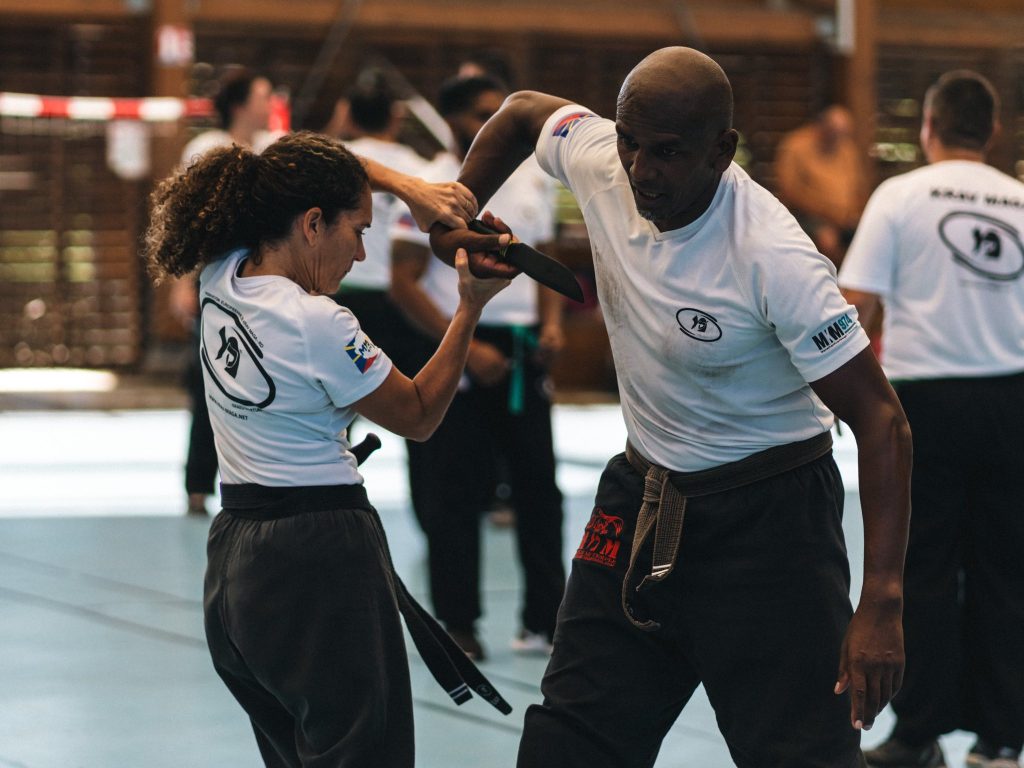
What is Krav Maga?
Krav Maga is a tactical self-defense system developed for the Israeli Defense Forces. It’s not a sport, but a collection of brutal, practical techniques designed for life-or-death situations.
Why is Krav Maga outstanding for self-defense?
Krav Maga focuses on direct attacks to anatomical weak points: eyes, throat, groin, and knees. It helps you neutralize threats and escape danger fast.
It’s specifically designed for quick, aggressive responses in unpredictable street situations. Real-world self-defense situations don’t follow rules, so it’s good to prepare accordingly.
Krav Maga training includes weapon disarmament, multiple attacker scenarios, and high-stress conditioning. This realistic preparation builds survival instincts.
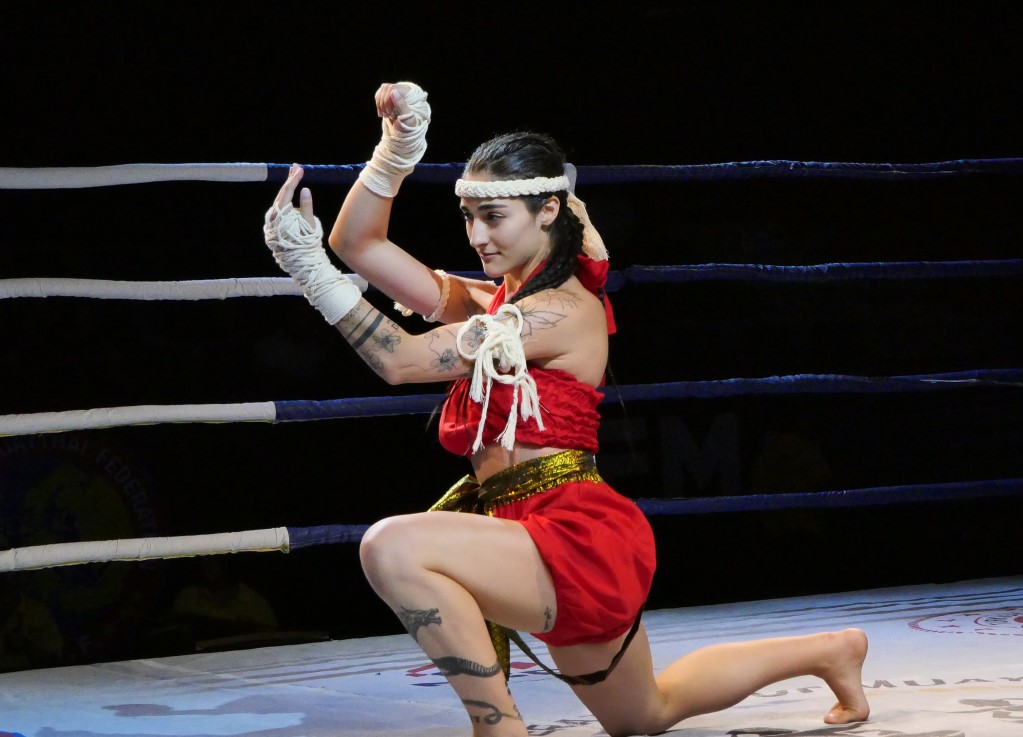
What is Muay Thai?
Muay Thai is known as “The Art of Eight Limbs.” It uses fists, elbows, knees, and shins for devastating strikes. It’s a powerful stand-up fighting style from Thailand.
Why is Muay Thai powerful for self-defense?
Muay Thai teaches you bone-crushing striking techniques. You learn how to deliver maximum damage and defend against violent attacks.
Clinch fighting in Muay Thai is particularly valuable for close-range encounters. When someone grabs you or gets too close, you can control them and strike with your knees and elbows.
The conditioning training makes your shins, forearms, and core incredibly tough and resilient. This physical toughness helps you absorb punishment and keep fighting.
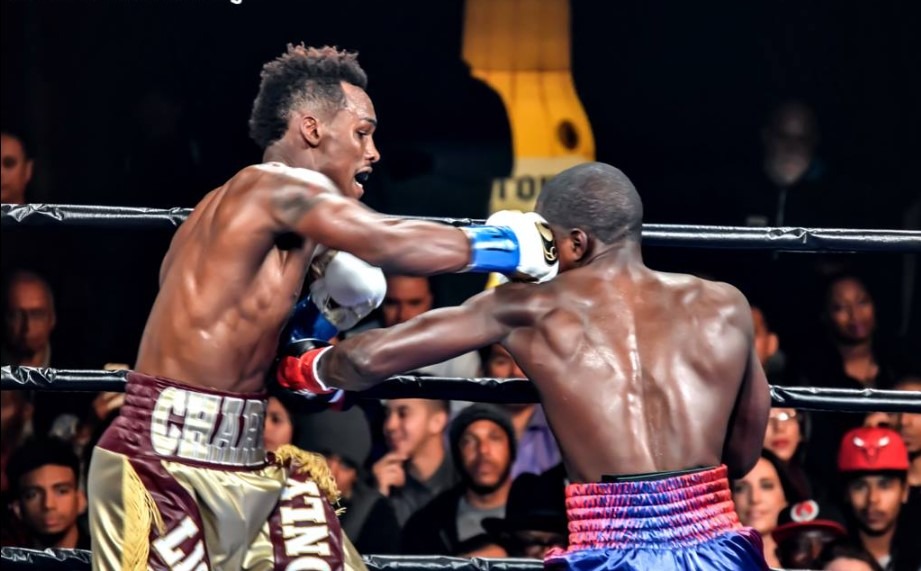
What is Boxing?
Boxing is a combat sport focused entirely on punching techniques. It teaches you how to punch with power and precision while avoiding incoming strikes.
You also learn essential footwork, head movement, and defensive positioning.
Why is Boxing crucial for self-defense?
Good punching skills are vital in street confrontations. Boxing helps you develop lightning-fast hands, excellent footwork, and knockout power.
Boxing training teaches you how to deliver a strong punch to vulnerable targets while protecting yourself from counter-attacks.
The mental toughness developed through sparring and heavy bag training prepares you for the chaos and violence of real fights.

What is Judo?
Judo is a Japanese martial art focused on throws, takedowns, and grappling control. It teaches you to use an opponent’s own weight and momentum against them.
The primary goal is to unbalance attackers, throw them to the ground, and control the situation through pins and submissions.
Why is Judo effective for self-defense?
Judo helps you handle someone trying to grab, push, or wrestle with you. You learn how to throw an attacker onto hard concrete or pavement.
Judo throws are powerful and can be highly effective when used carefully. The ground becomes your most powerful weapon.
Judo training builds incredible balance, body awareness, and spatial intelligence. These skills help you stay upright while putting others down.
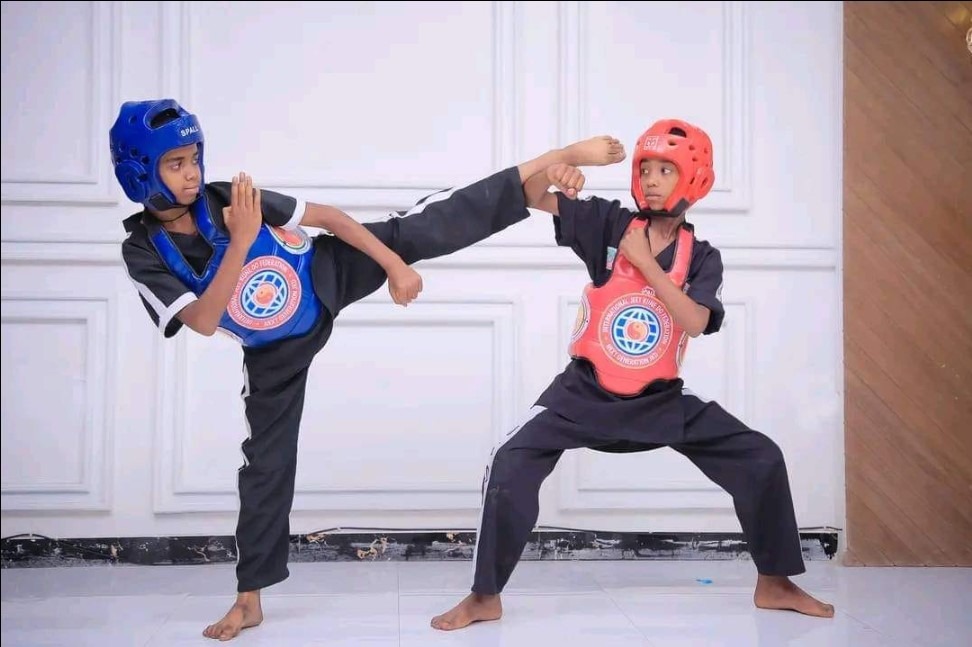
What is Jeet Kune Do?
JKD was created by martial arts legend Bruce Lee. It’s not a fixed style but a fighting philosophy that encourages adaptability and personal expression.
JKD teaches you to absorb what is useful, discard what is useless, and add what is specifically your own.
Why is JKD valuable for self-defense?
JKD is extremely adaptive and situation-specific. It helps you pick and choose effective techniques for any confrontation you might face.
It teaches you to be mentally flexible and use what works in real time, rather than being limited by rigid traditional rules.
JKD emphasizes intercepting attacks while simultaneously counter-attacking. This time-efficient approach gives you tactical advantages in chaotic situations.
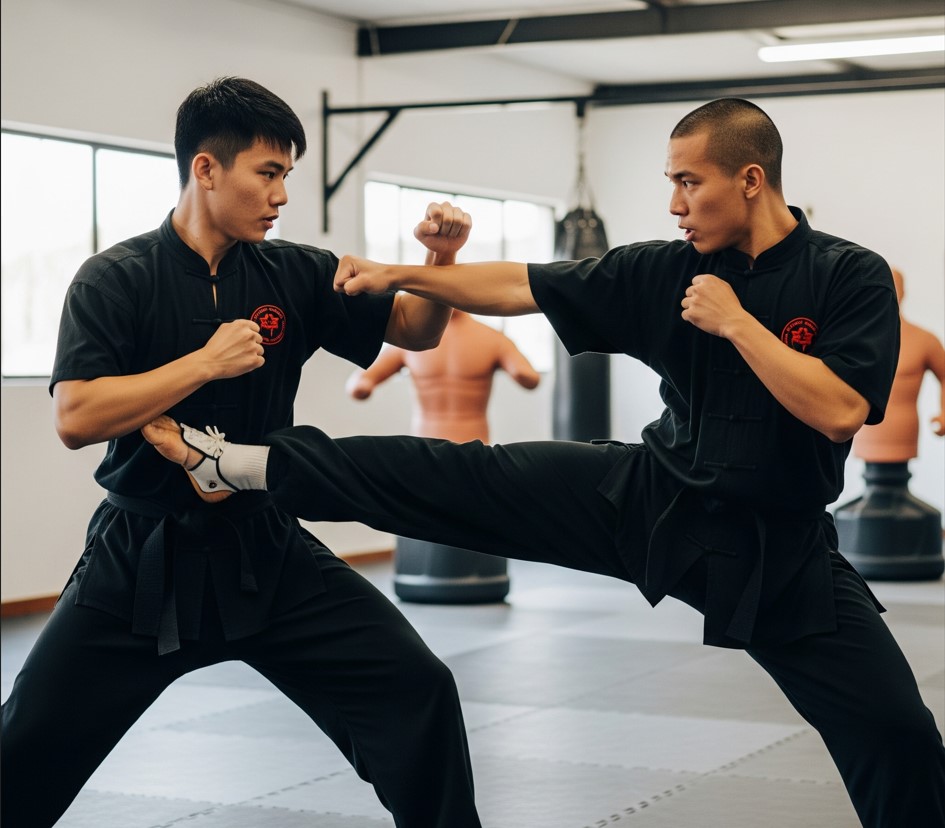
What is Wing Chun?
Wing Chun is a Chinese martial art known for its direct, efficient movements. It focuses on close-range combat and simultaneous blocking and striking.
It’s specifically designed to work in tight spaces like hallways, elevators, or crowded areas.
Why is Wing Chun good for self-defense?
Wing Chun teaches you to react quickly at close distances. It’s about using minimal movement to defend and attack at the same time.
This efficiency principle makes it excellent for sudden close-up encounters where you have limited space to maneuver.
Wing Chun’s centerline theory teaches you to attack and defend along the shortest path between you and your opponent, creating speed advantages.
| Martial Art | Learning Curve | Physical Demand | Best For | Weakness |
|---|---|---|---|---|
| BJJ | Moderate (2-3 years to basics) | High (grappling) | One-on-one, ground fights | Weak vs. multiple attackers |
| Krav Maga | Easy (months to basics) | High (intense) | Street fights, quick response | Limited grappling |
| Muay Thai | Moderate (1-2 years) | High (striking) | Striking, distance control | Weak on the ground |
| Boxing | Easy (months to basics) | Moderate (cardio) | Quick strikes, reflexes | Upper-body only |
| Judo | Moderate (1-2 years) | Moderate (throws) | Control, throws | Limited striking |
| JKD | Hard (varies by teacher) | High (mixed skills) | Adaptable scenarios | Hard-to-find classes |
| Wing Chun | Moderate (1-2 years) | Moderate (close-range) | Close combat | Weak vs. grapplers |
This detailed comparison shows you the realistic trade-offs between different martial arts. No single art is perfect for every dangerous situation. That’s why many serious practitioners cross-train in multiple complementary styles.
Every person is different, and so are self-defense needs. Here’s what I strongly recommend for different situations:
If you’re looking for self-defense that works regardless of size or physical strength, Brazilian Jiu-Jitsu is your best friend. It teaches how to escape holds, control attackers, and stay calm under extreme pressure.
But what if a situation becomes more serious? Krav Maga trains you to strike hard, strike fast, and escape immediately. It’s designed to help you stay calm and effective, even in unpredictable moments.
My professional recommendation? Combine both if you can, BJJ helps you survive the grab, Krav Maga helps you end the threat.
Children need more than fighting techniques, they need confidence building, discipline, and emotional control.
Judo is excellent for learning balance, coordination, and how to fall safely. These are life skills beyond self-defense.
Traditional Karate builds mental focus, respect for others, and basic striking fundamentals.
Both are fun, well-structured, and ideal for young attention spans and developing minds.
You’re never too old to learn self-defense, but you should train smarter, not harder.
Aikido uses redirection techniques and joint manipulation; no brute force is needed. It’s gentle on aging joints while still being effective.
Tai Chi, while slow and meditative, improves situational awareness, balance, and calm responses under stressful conditions.
Both offer low impact training with high practical value for mature adults.
If you want no-nonsense self-defense for dangerous street situations, I strongly suggest:
Krav Maga for reaction drills, weapon defense, and situational awareness training.
Add Boxing or Muay Thai for clean, powerful strikes and defensive movement.
This winning combination gives you the essential tools to stay calm, fight back effectively, and walk away safely from violent encounters.
This dangerous misconception stops many people from starting martial arts training. This idea simply isn’t true, and relying on it could lead to risky choices.
Proper technique beats raw strength when applied correctly. I’ve seen 120-pound individuals completely dominate 200-pound opponents using superior skill and tactical knowledge.
Speed, timing, and mental preparation can easily overcome size disadvantages. Training teaches you to recognize opportunities and act decisively.
Mental toughness and emotional control are far more important than physical power. The person who stays calm and thinks clearly has huge advantages in chaotic situations.
This overconfident myth is extremely dangerous because it gives people false security. Real-life situations can be unpredictable, which is why flexible training matters.
Different fighting ranges require specialized skills. If you only train in striking, ground defense can be a weak spot, something worth improving. Grappling is powerful, but adding striking or movement skills helps with more dynamic situations.
Real-world situations are different from sports, so training for unpredictability helps. A self-defense scenario might involve someone who isn’t thinking clearly or is influenced by outside factors. The more tools you have, the better you can adapt to changing threats.
Cross-training makes each individual art stronger. Learning boxing improves your Muay Thai. Learning BJJ makes your judo more effective.
Hollywood movies make this misconception worse. Spinning kicks and flying techniques look visually impressive, but they rarely work in actual confrontations.
Simple techniques repeated thousands of times are much more reliable than complex movements that sound impressive.
Advanced techniques fail under high stress because fine motor skills disappear when adrenaline spikes. Simple, gross motor movements continue working under extreme pressure.
Basic techniques have fewer failure points. A simple jab has one moving part. A spinning back kick has twelve things that can go wrong. Which would you rather rely on in a life-threatening situation?
I see this critical mistake constantly. People train extremely hard for two weeks, then burn out completely and quit forever. Consistent practice beats intense bursts every time.
Three sessions per week beats six sessions one week and zero the next month. Your body and brain need regular practice to build lasting muscle memory.
Focus on perfect technique over raw power. Speed and strength develop naturally with consistent practice. But if your fundamental technique is wrong from the start, you’ll struggle forever. Having proper martial arts uniforms also helps create the right training mindset and shows respect for your chosen discipline.
Techniques that work in perfect conditions often fail completely under real pressure. Your training environment needs to include stress and controlled chaos.
Use protective gear and practice at higher intensity levels. Hitting stationary pads is good foundation work. Sparring with someone who hits back is much better preparation.
Practice techniques when you’re physically exhausted. Real confrontations don’t happen when you’re fresh and ready. Train when you’re tired to simulate realistic conditions.
Add verbal pressure and environmental distractions. Real attackers yell threats and intimidation. Practice your techniques while someone shouts aggressively at you.
The absolute best self-defense technique is completely avoiding dangerous situations. Training should include awareness and prevention strategies.
Learn to read body language and vocal warning signs. Potential attackers often give clear indicators before they strike. Training your observation skills can save your life.
Practice escape and evasion techniques. Running away isn’t cowardly, it’s an intelligent tactic. Train your cardiovascular fitness so you can outrun trouble.
Study common attack patterns and criminal behavior. Most street attacks follow predictable sequences. Knowing what to expect helps you prepare better responses.
For absolute beginners, I strongly recommend starting with either Krav Maga or Boxing. Both give you practical skills quickly and don’t require years of study to be effective.
Krav Maga teaches realistic self-defense scenarios from day one. You learn to defend against chokes, grabs, and common street attacks. The techniques are simple and designed to work under extreme stress.
Boxing builds fundamental fighting skills that transfer to any martial art. Good footwork, punching technique, and defensive movement form the foundation of most effective fighting systems.
Online training can supplement in-person classes, but it cannot completely replace them. You need training partners to practice realistic techniques safely.
Online videos are excellent for learning concepts and reviewing techniques you’ve learned in actual classes. But you can’t develop timing, distance management, and pressure reactions without live partners.
Some basic concepts like awareness and mental preparation can be learned effectively online. But physical techniques require hands-on instruction and immediate correction.
Krav Maga techniques are completely legal when used in legitimate self-defense situations. The key principle is matching your response to the level of threat you face.
Using eye strikes against someone who gently pushes you might be considered excessive force. But the same techniques are fully justified if someone attacks you with a weapon.
The legal standard is usually “reasonable force to stop the threat.” Krav Maga teaches you to stop threats quickly, which generally fits this legal framework.
Yes, absolutely, but not all at once. I recommend getting solid foundation in one art first, then adding complementary skills later.
Start with either striking arts (Boxing, Muay Thai) or grappling arts (BJJ, Judo). Get comfortable with one fighting range before adding the opposite range.
After 6-12 months in your first art, consider adding training in the opposite range. This gives you more complete self-defense capabilities.
There’s no single “most effective” art because real fights vary dramatically. But some martial arts prepare you much better for common self-defense situations.
Krav Maga is probably the most practical for typical street encounters. It focuses specifically on real-world violence scenarios.
Mixed Martial Arts (MMA) combines techniques from multiple arts, making it very complete. But it takes longer to learn and may include unnecessary sport elements.
The most effective art is often the one you’ll actually stick with and practice consistently over long periods.
You can learn some concepts and basic techniques, but real skill development requires training with other people. Solo practice has major limitations.
You can practice forms, conditioning exercises, and basic movements alone. Books and videos can teach you important concepts and strategic thinking.
But you can’t develop timing, distance management, or pressure responses without training partners. These skills are absolutely crucial for actual self-defense.
This depends on your definition of “good” and how often you train. For basic self-defense skills, expect 6-12 months of regular training.
With 3-4 training sessions per week, you’ll have useful skills within 6 months in most striking arts. Grappling arts like BJJ take longer, usually 12-18 months for basic proficiency.
True mastery takes years or decades. But you don’t need mastery to defend yourself effectively. Basic skills applied with determination and mental toughness can save your life.
Krav Maga is specifically designed to teach effective self-defense as quickly as possible. You can learn basic defenses within weeks and be reasonably competent within 3-6 months.
Boxing also teaches useful skills quickly. Basic punching, footwork, and defense can be learned in a few months of consistent training.
But remember, there are no shortcuts to real skill. Any art that claims to make you dangerous in a few weeks is probably overpromising and potentially dangerous.
Navy SEALs don’t use just one martial art. Their combatives training combines techniques from multiple systems based on proven effectiveness.
Their training typically includes Boxing, Muay Thai, BJJ, Judo, and military-specific techniques. The focus is on what works quickly in life-or-death situations.
But remember, SEALs are full-time warriors with unlimited training time and resources. Their needs are different from civilian self-defense requirements.
The FBI uses a system called “Defensive Tactics” that combines techniques from various martial arts. Like military training, it focuses on practical effectiveness over style purity.
FBI training includes basic striking, grappling, weapon retention, and arrest techniques. The emphasis is on controlling suspects safely rather than causing maximum damage.
Again, law enforcement needs are different from civilian self-defense. Police officers need to subdue and arrest people, not just escape danger.
For children, I recommend Judo or traditional Karate. Both teach discipline, respect, and effective techniques while emphasizing safety and emotional control.
Judo is excellent because it teaches kids how to fall safely. This skill prevents injuries in martial arts and in daily life. The throwing techniques also work well for smaller children against larger opponents.
Karate builds discipline and body control. The belt system gives kids clear goals to work toward. Traditional Karate also emphasizes respect and non-violence.
Avoid overly aggressive styles for young children. The goal is building confidence and basic skills, not creating fighters.
Some traditional arts are very useful, while others are less practical for modern self-defense. It depends on how they’re taught and what they emphasize.
Traditional arts that work well: Boxing, Muay Thai, Judo, and some styles of Karate have proven effectiveness in real situations.
Traditional arts with limitations: Arts that focus heavily on forms, breaking boards, or unrealistic techniques may not prepare you for actual violence.
The key is finding schools that emphasize practical application over just preserving tradition. Good instruction makes any art more effective.
Choosing the best martial arts for self defense isn’t about finding one perfect style. It’s about matching your needs, abilities, and situation with the right training approach.
Krav Maga offers the fastest path to practical skills. BJJ gives you unmatched ground fighting ability. Boxing builds fundamental striking skills that work everywhere.
The most important step is starting your journey. Pick an art that interests you and find a good school nearby. Consistent training in any effective art beats perfect technique you never practice.
Your safety is worth the investment in proper training. Don’t wait until you need these skills to start learning them.